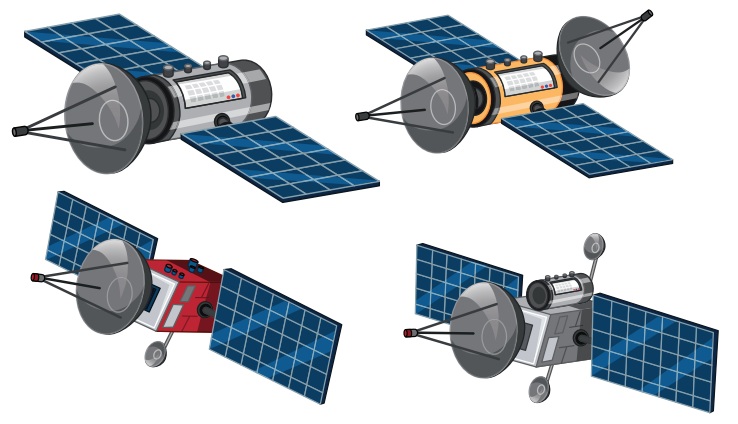Term 3 Unit 2 | 7th Science - Universe and Space | 7th Science : Term 3 Unit 2 : Universe and Space
Chapter: 7th Science : Term 3 Unit 2 : Universe and Space
Universe and Space
Unit 2
Universe
and Space


Learning Objectives
The students are able
to
* Explain the
beginning of universe
* Know about galaxies
and its types
* Recognise different
constellations in the night sky Get information about the stars
* Distinguish between natural and artificial satellites.
* Understand the functions of ISRO
Introduction
“My goal is simple. It is a complete
understanding of the universe, why it is as it is and why it exists at all.”
—Stephen Hawking
Starry night sky is a wonder which
has fascinated humans from time immemorial. Our ancestors have observed and
documented the objects seen in the night sky. The field of study of the
universe is called astronomy. We know that there are billions and billions of
stars in the universe, although only about 2000 or so are visible to naked eye.
Have you ever think of the size of our universe? The universe is unimaginably
and infinitely big. Universe is commonly defined as the totality of everything
that exists or is known to exist. Even though the spatial size of the entire
universe is still unknown, it is possible to measure the
observable universe.
The universe consists of galaxies,
planets, stars, meteorites, satellites and all other forms of matter and
energy. And it is a world of wonder. Let us move into this world of wonder to
know more interesting facts about the place of residence of our solar system.
Related Topics